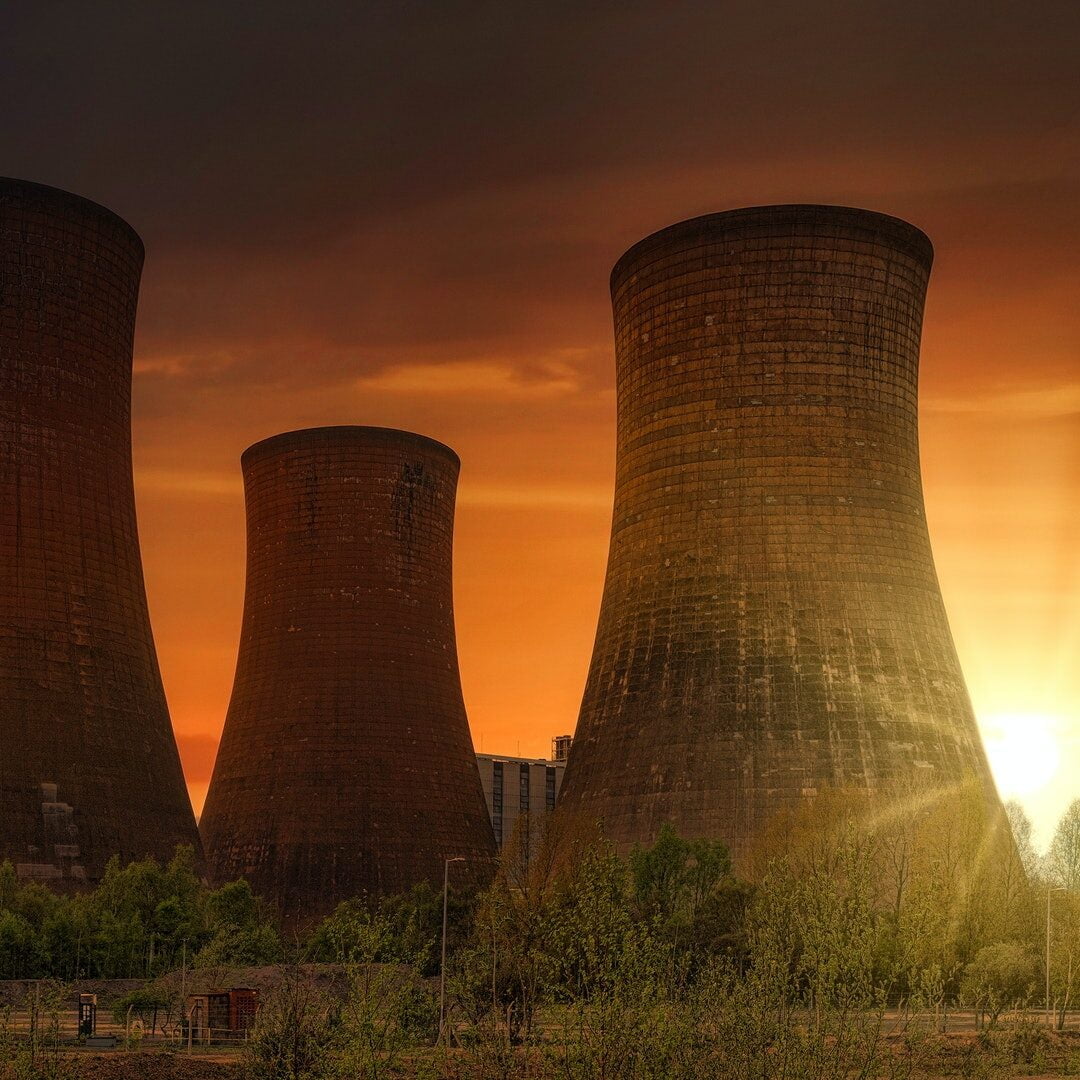
The UK followed a different path and pursued the Advanced Gas-cooled Reactor (AGR). The predominant technology is the Light Water Reactor (LWR) developed originally in the United States by Westinghouse and then exploited massively by France and others in the 1970s as a response to the 1973 oil crisis. Many other new reactors are in the planning stage, including for example, 12 in the UK.Īpart from one first Generation “Magnox” reactor still operating in the UK, the remainder of the operating fleet is of the second or third Generation type (Fig. Across the world, 65 new reactors are under construction, mainly in Asia (China, South Korea, India), and also in Russia, Slovakia, France and Finland. Within the European Union, 27 % of electricity production (13 % of primary energy) is obtained from 132 nuclear power plants in January 2015 (Fig. The CNPP’s main objectives are to consolidate information about the nuclear power infrastructures in participating countries, and to present factors related to the effective planning, decision-making and implementation of nuclear power programmes that together lead to safe and economical operations of nuclear power plants. The Country Nuclear Power Profiles (CNPP 2) compiles background information on the status and development of nuclear power programmes in member states. The total number of reactors also include six in Taiwan (source: IAEA 2015) ( ) Total number of operating nuclear reactors worldwide. France, Hungary, Belgium, Slovakia, Sweden). Italy, Lithuania) and some with the major part comprising nuclear power (e.g. The contribution of nuclear power to the electricity production in the different countries in Europe differs widely with some countries having zero contribution (e.g. In Europe, in particular, the public opinion about safety and regulations with nuclear power has introduced much critical discussions about the continuation of nuclear power, and Germany has introduced the “Energiewende” with the goal to close all their nuclear power by 2022. Here, nuclear power can also contribute, via generation of either electricity or process heat for the production of hydrogen or other fuels. For example, the transport sector is likely to rely increasingly on electricity, whether in the form of fully electric or hybrid vehicles, either using battery power or synthetic hydrocarbon fuels.

Nuclear energy could make an increasing contribution to low-carbon energy supply, but a variety of barriers and risks exist ”.ĭemand for electricity is likely to increase significantly in the future, as current fossil fuel uses are being substituted by processes using electricity. The latest report from IPCC WGIII ( 2014) (see Box 1 for explanations of all acronyms in the article) says: “Nuclear energy is a mature low-GHG emission source of base load power, but its share of global electricity has been declining since 1993. The discussion of the role of nuclear energy is especially topical for industrialised countries wishing to reduce carbon emissions below the current levels.

The fusion option for a nuclear reactor for efficient production of electricity has been set out in a focussed European programme including the international project of ITER after which a fusion electricity DEMO reactor is envisaged.Īll countries have a common interest in securing sustainable, low-cost energy supplies with minimal impact on the environment therefore, many consider nuclear energy as part of their energy mix in fulfilling policy objectives. Fusion provides a long-term vision for an efficient energy production. For the fast nuclear reactors, a substantial research and development effort is required in many fields-from material sciences to safety demonstration-to attain the envisaged goals. Research on the fourth generation reactors is needed for the realisation of this development. There are breakthrough possibilities in the development of new generation nuclear reactors where the life-time of the nuclear waste can be reduced to some hundreds of years instead of the present time-scales of hundred thousand of years. The fission nuclear power continues to be an essential part of the low-carbon electricity generation in the world for decades to come. The current situation and possible future developments for nuclear power-including fission and fusion processes-is presented.


 0 kommentar(er)
0 kommentar(er)
